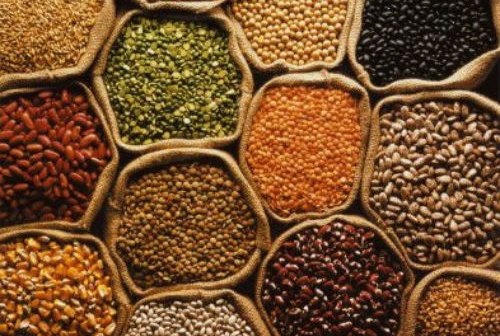(HT)
Retail inflation, measured by Consumer Price Index (CPI), hit 4.6% in fiscal year 2024-25, the lowest since 2018-19’s 3.4%, validating the Reserve Bank of India’s pro-growth monetary policy pivot.
On a quarterly basis – the timeframe RBI’s Monetary Policy Committee (MPC) uses for forecasts – headline inflation reached 3.7% in the quarter ending March 31, dipping below the 4% target for the first time since September 2019.
With India’s crude oil basket falling below $70 per barrel and the India Meteorological Department forecasting above-normal monsoon, the economy faces its most benign inflation outlook in years. To be sure, global economic turbulence from Trump’s trade war and slowing post-pandemic growth suggest policymakers may need to prioritise growth over inflation concerns going forward. Low inflation will definitely help rather than hurt in pursuing this cause.
March inflation positively surprised analysts at 3.3%, below the 3.5% projected by Bloomberg’s economist poll. This marks the lowest level since August 2019 and the fifth consecutive monthly decline from October’s 6.2%. Food inflation has driven this moderation, falling from 10.9% to 2.7% between October and March, with vegetables leading the turnaround – from 42% inflation to 7% disinflation.
All food categories saw monthly inflation decline in March except oils, fruits, spices and sugar. The high oil and fats figure (17.1%) stems from an adverse base effect, as prices contracted 11.7% in March 2024. Eggs, fish, meat, vegetables, pulses and spices all in fact showed price contraction. Cereal inflation eased slightly to 5.9% and should cool further as winter harvest reaches markets. While headline numbers suggest broad-based cooling, core inflation (excluding food and fuel) increased to 4.1% in March from February’s 4%, continuing its slow year-long rise. Analysts attribute this partly to rising gold and silver prices amid financial market turbulence that has nudged investors to seek safe haven in metals. Non-core inflation stood at 2.5%, its lowest since September 2021.
These figures vindicate the MPC’s consecutive 25-basis point policy rate cuts in February and April, along with its shift from neutral to accommodative stance. The MPC acknowledged the changing environment: “Inflation is currently below target, supported by sharp food inflation decline. As per projections, there’s now a greater confidence in durable alignment with the 4% target over a 12-month horizon. On the other hand, impeded by a challenging global environment, growth is still on a recovery path after an underwhelming performance in the first half of 2024-25.” The MPC also reduced its 2025-26 GDP growth forecast from 6.7% to 6.5% and inflation forecast from 4.2% to 4%.
A moderation in growth could also have an adverse effect on revenue collections and the government’s spending, which could be necessary to mitigate global growth headwinds and what could potentially be worsening of terms of trade against agriculture if food inflation is consistently below non-food inflation. To be sure, the Union government hopes to compensate some of its revenue losses by making a windfall from lower crude oil prices. It raised additional excise duty on petrol and diesel by ₹2 last week.
Separately, the wholesale price index (WPI) grew at 2.1% in March, down from February’s 2.4%, indicating benign producer price outlook. WPI has fallen marginally in absolute terms between January and March, suggesting flat sequential prices.
“We forecast CPI headline inflation to average 3.7% in FY26, well below RBI target and forecast (of 4%). Food inflation is likely to fall further from April onwards when the new wheat crop hits the market… Core inflation, too, will likely remain soft, led by the recent appreciation of the rupee, imported disinflation from China, softer oil prices, and weaker domestic growth,” Aayushi Chaudhary and Pranjul Bhandari, economists at HSBC said in a note.
“At the wholesale level too, March prices remained benign, with WPI inflation easing at a faster clip than CPI inflation for core categories,” they said.





